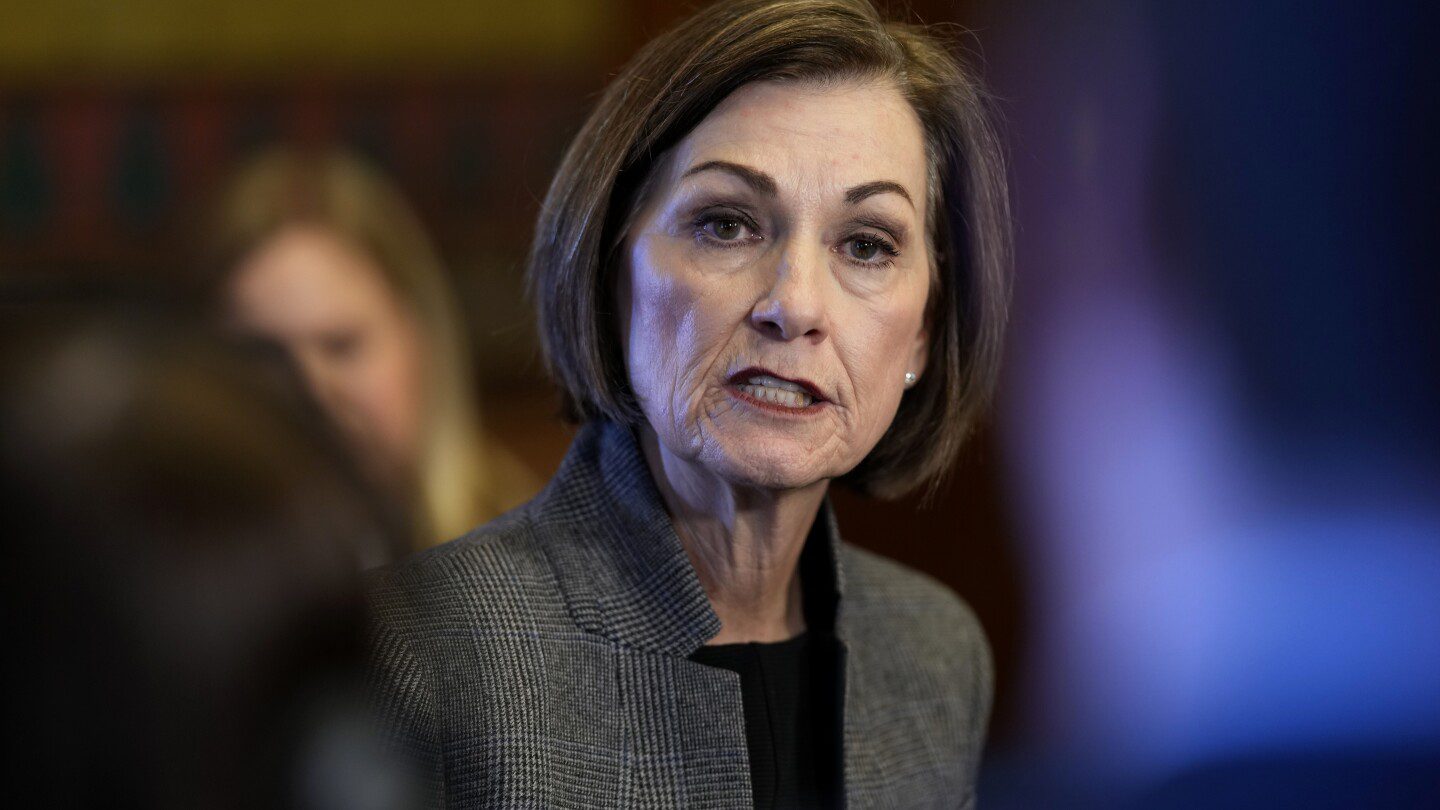

The U.S. Forest Service is laying off approximately 3,400 recently hired employees, while the National Park Service will be terminating around 1,000 workers. This action aligns with former President Donald Trump’s initiative to reduce federal expenditure and streamline government operations, as reported on Friday.
These layoffs primarily impact those within their probationary employment phase, specifically targeting individuals who were hired within the last year, as indicated by Reuters. Affected locations include iconic sites such as the Appalachian Trail, Yellowstone National Park, the Martin Luther King Jr. birthplace, and Sequoia National Forest.
These job cuts amount to roughly 10% of the Forest Service’s workforce and about 5% of the National Park Service’s staff. However, firefighters, law enforcement personnel, specific meteorologists, and approximately 5,000 seasonal workers are not included in these reductions.
Theresa Pierno, the president of the National Parks Conservation Association (NPCA), expressed concern about the implications of such widespread staffing reductions, stating, “While it is crucial to allow parks to recruit seasonal workers, these significant cuts could severely impact parks and surrounding communities.”
The NPCA issued a warning earlier this month, stating that staffing levels are failing to meet the growing demands faced by the national park system, which welcomed 325 million visitors in 2023—a 13 million increase compared to the previous year.
Kristen Brengel, NPCA’s senior vice president of government affairs, cautioned that tourists expecting exceptional experiences may encounter “overflowing trash, uncleaned restrooms, and fewer rangers for assistance.”
Like many federal agencies, the National Park Service was caught off guard by a late January directive from the White House Office of Management and Budget that temporarily halted federal grants. Fortunately, this order was rescinded just two days later, and the administration is currently reassessing its implications.
Nationally, approximately 280,000 out of the 2.3 million civilian federal employees were hired in the past two years, with a majority still on probation and thus more vulnerable to termination, according to government records.
In addition to national parks, nearly 159 million people visit national forests each year. The Department of Agriculture, responsible for overseeing the Forest Service, declined to comment on specific personnel matters but reaffirmed that protecting communities, infrastructure, businesses, and resources remains a top priority.
“Our wildland firefighter and public safety positions are our highest concern,” the department stated. However, the freeze on federal funding is impacting programs designed to lower wildfire dangers in the western states and has also stalled the hiring of seasonal firefighters.
This reduction in wildfire prevention resources follows devastating wildfires in Los Angeles, which have been projected to be among the costliest in U.S. history.
Furthermore, the Oregon-based Lomakatsi Restoration Project, a non-profit organization, reported that its contracts with federal agencies, including the U.S. Forest Service and Bureau of Land Management, aimed at reducing hazardous fuels in Oregon, California, and Idaho, have been halted.
Marko Bey, the project’s executive director, mentioned in a letter to Oregon Senator Jeff Merkley that the funding freeze has affected over 30 separate agreements and grants with federal entities, including both pending and active agreements.
A spokesperson for the Interior Department, which oversees both the Bureau of Land Management and the National Park Service, stated that it is currently evaluating funding decisions.
Senate Democrats are urging the Biden administration to release fire-mitigation funds and have separately requested that seasonal firefighters be exempt from the current federal hiring freeze.
Grassroots Wildland Firefighters, a group advocating for federal firefighters, reported difficulties in hiring the hundreds of seasonal firefighters typically recruited at this time of year for the upcoming summer fire season.
Riva Duncan, vice president of the Grassroots Wildland Firefighters, noted, “The agencies were already facing challenges with recruitment and retention. This situation only makes it worse.”








